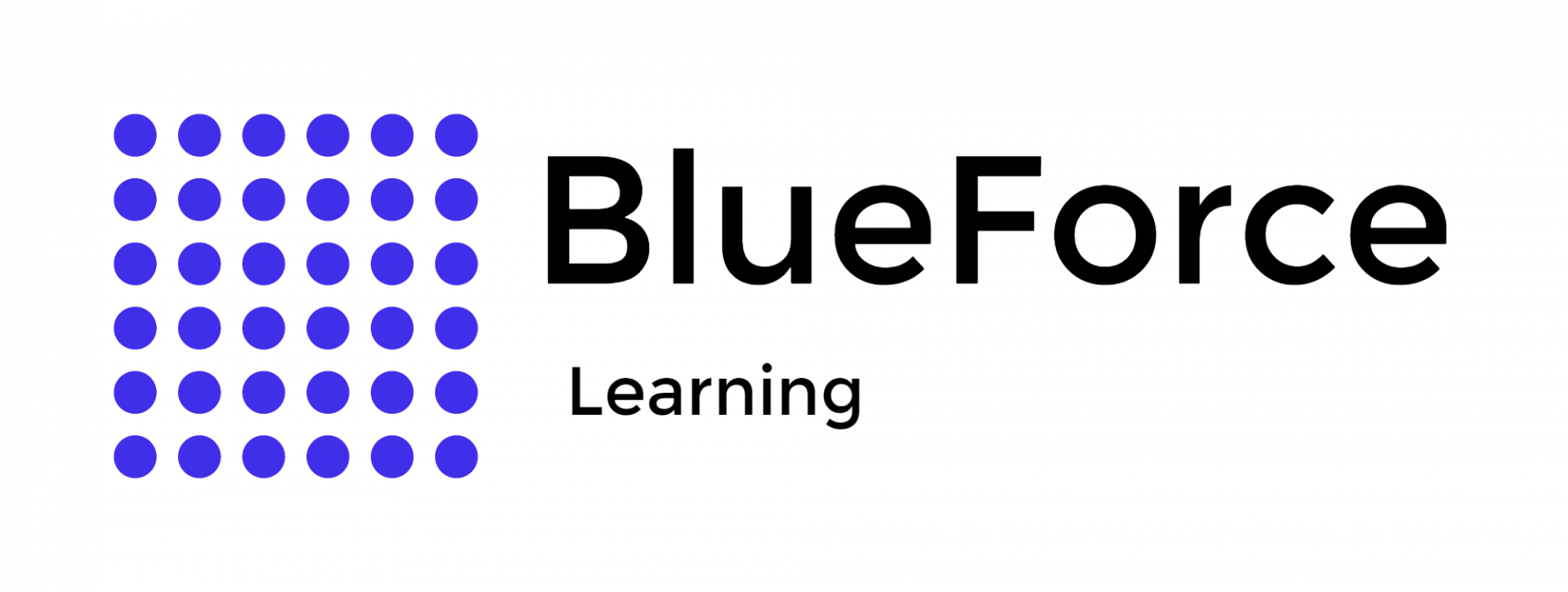In today’s increasingly connected world, location data has grown to play a significant role in criminal investigations. One of the most scrutinized sources of such information is Google’s Sensorvault, a specialized database that retains years’ worth of user location records. Law enforcement agencies, when operating under legal parameters, have gained access to this data to assist in solving crimes by placing suspects at or near scenes under investigation.
Law enforcement agencies have been using a technique involving “
geofence warrants” to request data from Sensorvault. These warrants allow authorities to obtain information about all devices that were in a specific geographic area during a particular time frame, aiding in identifying potential suspects or witnesses.
Google’s internal database has introduced
new investigative methods but has also sparked debate surrounding privacy, transparency, and the scope of surveillance. How does this Sensorvault work? The following sections provide a closer look.
Sensorvault is an internal database maintained by Google that compiles user location history. Unlike standard Google services that provide users with personal insights about their movements (such as Google Maps Timeline), Sensorvault aggregates and archives location data that can stretch back years, depending on individual account settings. This repository includes coordinates collected from GPS, Wi-Fi, cell tower signals, and Bluetooth. If a user has Google location history enabled, every step taken while carrying a location-aware device may be recorded.
Each data point includes not only a time and place but also a confidence level indicating Google’s certainty about that information. These details are derived from millions of data inputs from smartphones and other devices running Google services. Though intended primarily for advertising and analytics purposes, this vast archive of information has drawn attention for its role in criminal investigations.
When a crime occurs and traditional leads fall short, authorities may turn to a geofence warrant. It is a request for data from all devices in a specified geographic area over a defined time. This legal instrument does not start with a named suspect but instead casts a digital net, seeking to identify individuals who were in the area around the time of the incident.
Here is how the process typically works:
- Initial Request: Investigators submit a geofence warrant to Google, defining a location and a timeframe.
- Anonymized Data Return: Google responds with a list of anonymized device IDs and associated location points that fit the criteria.
- Refinement: Investigators may ask for additional data or narrow the search further, perhaps by time intervals or movement patterns.
- Identification: If a device continues to match patterns of interest, Google may be compelled through a second warrant to reveal account details such as the user’s name, email address, or other identifying information.
It is important to note that such requests must be approved by a judge and are often subject to constitutional scrutiny. The interpretation of this digital evidence also requires context; investigators must cross-reference Sensorvault data with other types of information, such as surveillance footage, witness statements, or forensic evidence.
Related Blog: Understanding Crime Analysis with
Crime Mapping in Modern PolicingWhile Sensorvault is still a relatively new tool in the law enforcement toolkit, several cases have already illustrated its potential and limitations.
In a high-profile case in Gainesville, Florida, police used Sensorvault to investigate a string of burglaries targeting high-end bicycles. They issued a geofence warrant for the areas where the thefts occurred. Google returned information about several devices that had been present during each burglary.
Through a process of elimination and comparison, investigators eventually identified one device that was common to all scenes. The data linked the phone to a suspect, and subsequent searches led to an arrest. This case marked one of the earlier public acknowledgments of Sensorvault’s use and drew national media attention.
In the repercussions of the January 6, 2021, Capitol riot, the U.S. Department of Justice employed geofence warrants to obtain location data from Google. These warrants requested information on all 9,341 devices that were in or near the Capitol during the riot, aiding in the identification of individuals involved.
Google's data, derived from its Location History feature, provided precise location information, enabling investigators to discern whether someone was inside the Capitol or merely nearby. Subsequently, investigators narrowed down the list based on movement patterns and other criteria, eventually obtaining court orders to "unmask" or identify specific users.
Google’s Sensorvault has introduced a modern dimension to investigative work. By making use of location history data, law enforcement agencies have been able to obtain valuable insights that otherwise remain out of reach. Looking ahead, the responsible use of such data will require greater legal and technical oversight of how tools like Sensorvault are used in the pursuit of justice.
Blueforce Learning knows that to excel in the demanding life of law enforcement, one must be proficient in all kinds of skills. To improve their location-based skills, we offer our Geofence Warrant Training Course. This course teaches you how to apply for this warrant without getting rejected. Our accredited course will equip you with the knowledge to apply these skills productively.
Enroll now and make a life-changing transformation in your law enforcement career!
What is Google's Sensorvault?
Sensorvault is an internal database that Google uses to store location data from users who have Location History enabled on their devices. This data includes precise location information from services like Google Maps and Search, which law enforcement can access through geofence warrants.
How do law enforcement agencies use Sensorvault data?
Law enforcement can get anonymized location data from Sensorvault using geofence warrants. These warrants let them look for devices in a specific area during a certain time. After identifying devices, they can ask for more details to narrow down possible suspects or witnesses.
How does Sensorvault data compare to other forms of location tracking?
Sensorvault provides more detailed and accurate location data than other methods, like cell towers or GPS alone. This detailed tracking can give a clear picture of someone’s movements, giving law enforcement a clear line of action.


